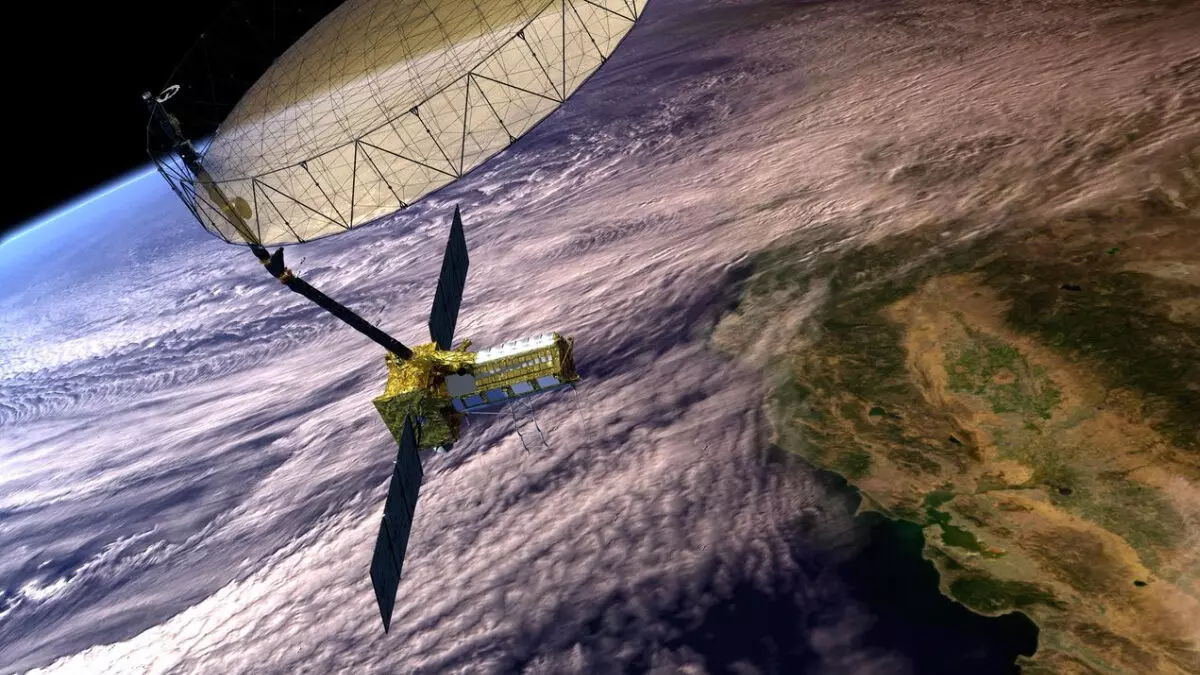India Set to Launch NISAR Satellite on July 30

Sriharikota: The countdown has begun for the highly anticipated launch of NISAR (NASA-ISRO Synthetic Aperture Radar), an advanced Earth observation satellite jointly developed by NASA and ISRO. The launch is scheduled for July 30 at 5:40 PM from Sriharikota, Andhra Pradesh — home to India’s only spaceport. The satellite will be carried into space aboard the GSLV-F16 rocket and positioned in a 734-kilometre sun-synchronous orbit, ensuring it passes over the same part of the Earth at roughly the same local solar time each day. This orbital precision will allow the satellite to scan the entire globe every 12 days, generating a rich and consistent stream of high-resolution images of the Earth’s surface. Weighing 2,392 kg, NISAR is a technological marvel and the first satellite ever equipped with dual-frequency synthetic aperture radar — NASA’s L-band and ISRO’s S-band. These two radar systems will work together to monitor changes on the planet’s surface with remarkable precision. According to NASA, each radar band detects different features: from surface roughness and moisture levels to subtle ground movements, all under varying weather conditions and at any time of day or night. What makes NISAR stand out is its ability to detect changes as small as one centimetre. This unprecedented sensitivity will allow scientists to track and study dynamic Earth processes in near real-time — such as glacier retreat, sea ice movement, storm paths, vegetation changes, and even earthquake and volcanic activity. NISAR’s mission holds great promise in advancing our understanding of climate change, natural disasters, and environmental degradation. The detailed data it gathers will be crucial for disaster preparedness, resource management, and scientific research across the globe. As the world faces increasing environmental challenges, the launch of NISAR marks a significant step in space collaboration and planetary stewardship, reinforcing the strong scientific partnership between India and the United States.


